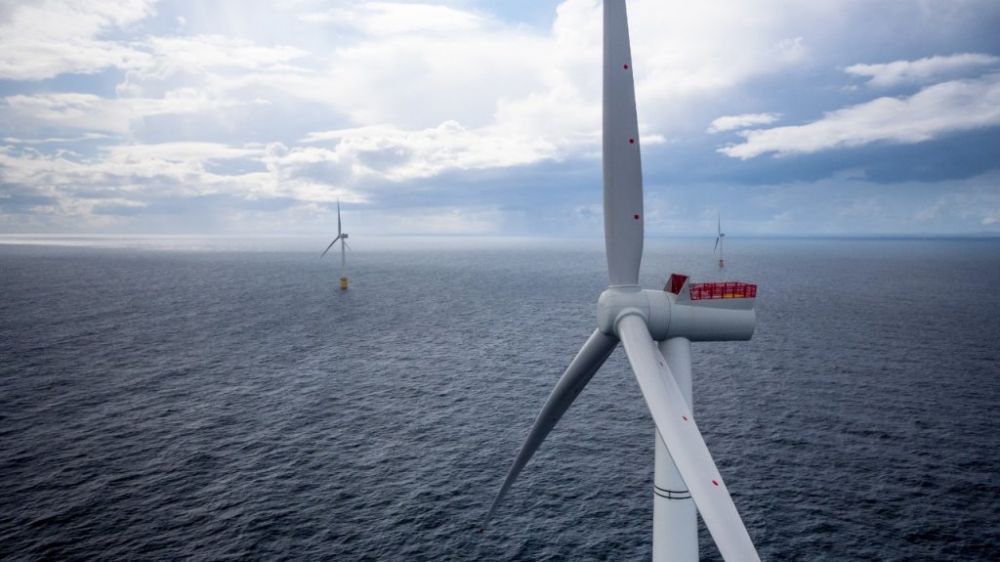Floating wind farm powers through Scottish winter
The world’s first floating offshore wind farm has performed better than expected after its initial three months of operation.

The world’s first floating offshore wind farm has performed better than expected after its initial three months of operation.
The Hywind project, located 15 miles off the north-east coast of Scotland, consists of five turbines with a maximum capacity of 30 megawatts. Going at full pelt they can power 20,000 homes in the UK.
The project was built by Norwegian state-owned company Statoil, and has been operating since November.
The company has released figures this week that show during its first three months of operation the wind farm has generated an average capacity factor of 65 percent, i.e. it reached 65 percent of its maximum output for the whole winter period.
By contrast, a typical offshore wind farm has a capacity factor of around 45-50 percent during winter.
The floating wind farm had to survive brutal conditions in the North Sea with storms bringing wind speeds of up to 100mph and average wave heights of 8.2 meters.
"We have tested the Hywind technology in harsh weather conditions for many years and we know it works…It is very encouraging to see how well the turbines have performed so far. Hywind Scotland’s high availability has ensured that the volume of electricity generated is substantially higher than expected”, says Beate Myking, senior vice president of offshore wind operations in Statoil.
The developer sees great potential for building floating wind farms in places where fixed turbines can’t be built due to deep waters. It estimates that 80 percent of the world’s offshore wind resources lie in conditions of over 60 meters sea depth.
“We see great potential for floating offshore wind, in Asia, on the west coast of North America and in Europe. We are actively looking for new opportunities for the Hywind technology," says Irene Rummelhoff, executive vice president for New Energy Solutions in Statoil.
By developing more of these projects at scale Statoil hopes to bring the cost of the technology down to 40-60 euros per megawatt hour by 2030. This is where the current price of offshore wind has reached after sharp cost reductions were made in a short space of time.
"This is an ambitious, but realistic target. Optimised design, larger and more efficient turbines, technology development and larger wind parks will drive down costs, improve infrastructure and logistics," Rummelhoff said
Photo: Øyvind Gravås / Woldcam




